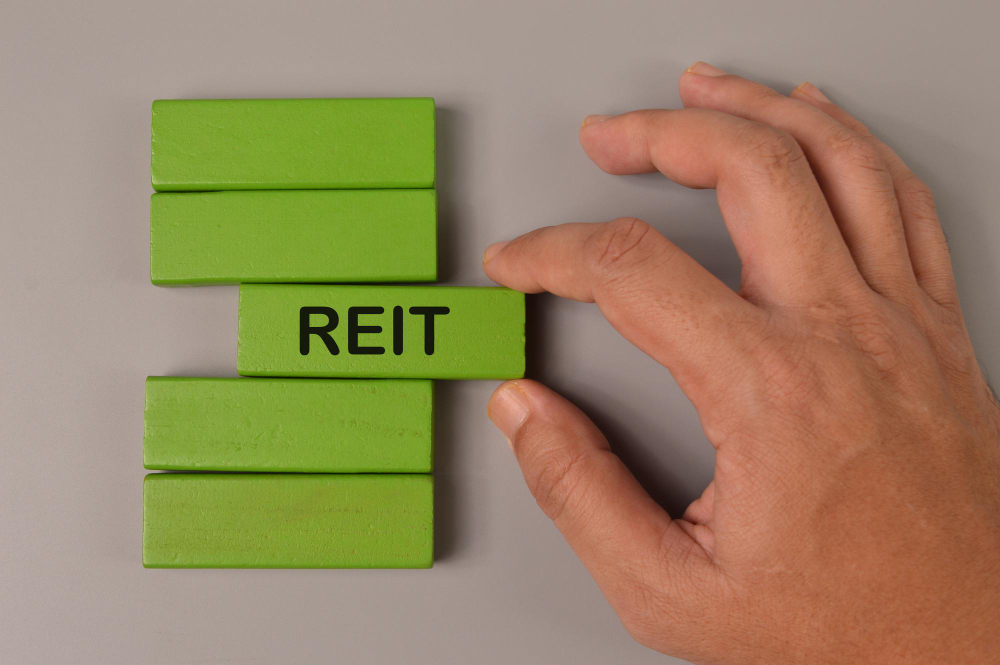REITs to Profit from the Return-to-Office Phenomenon
Real estate, which is dominated by investment trusts for real estate (REITs), was one of the sectors of the U.S. stock market most severely impacted by the commencement of the COVID-19 pandemic. During the panic of March 2020, the U.S. REIT industry declined by 22.1%, while the S&P 500 retreated by 12.2%. While workplaces were closed to prevent the spread of the virus, many employees were compelled to work from home. Now that the worst of the epidemic has passed, major corporations such as Apple Inc., Amazon.com Inc., and Goldman Sachs Group Inc. have begun imposing sweeping “return to office” (RTO) requirements for their employees, either full-time or part-time.

A complete RTO tendency for the economy has yet to materialize ultimately. According to Placer.ai, national office occupancy stayed around 60% of pre-pandemic levels during the fourth and third quarters of 2022 and into January 2023. According to Sam Boughedda, primary stock market news writer at AskTraders.com, “given the current macro climate of rising interest rates and remote employment or hybrid has grown more acceptable, office-focused REITs might see more hardship in the future.” Nonetheless, there are indications of an increase in office visits in certain densely populated areas. By January 2023, unique visits to New York workplaces had achieved 86% of pre-pandemic levels. However, some significant regions, like Washington, Denver, Chicago, and San Francisco, continue to lag.
It is probable that REITs still need to fully price an RTO scenario because of the difference in RTO between locales and the persistent desire for hybrid work arrangements among many employees. Some REITs might realize significant profits, share price, and dividends gains if a countrywide RTO trend returns to pre-pandemic rates or levels near them. Here seem to be six REITs poised to profit from the current RTO trend:
Alexandria Real Estate Equities Inc.
ARE is one of the largest office REITs on the market, with a market capitalization of $27 billion, and is now included in the S&P 500 index. The REIT owns, manages, develops, and rents approximately 49.7 million square feet of land in critical urban areas of North America, such as Boston, San Fran, New York, and Seattle. The bulk of ARE’s tenants are pharmaceutical and technology companies, including Bristol-Myers Squibb Company, Meta Platforms Inc., Eli Lilly & Co., Uber Technologies Inc., and Moderna Inc. ARE has announced their results for the fourth quarter of 2022, announcing a dividend of $1.21 per share with a yield of 3%.
Federal Realty Investment Trust
Ermengarde Jabir, a senior economist at Moody’s Analytics, states, “The return-to-office trend is obviously good for office REITs, but it also can be advantageous for retail REITs with a large presence in key business districts.” With the return of staff, retail REIT tenants like restaurants, grocery stores, and coffee shops stand to gain from increased foot traffic. FRT, which predominantly operates in major coastal regions on both the East and West coasts, is an outstanding example of a retail REIT with a significant presence in commercial districts. REIT’s fourth-quarter 2022 sales, operating income growth, and funds from operations (FFO) metrics were recently above analyst projections. The current dividend yield of FRT is 4%.
Boston Properties Inc.
As of December 21, 2022, BXP owns or administers 194 properties totaling 54.1 million square feet of space. REITs perform better than BXP in terms of pure-play office exposure. The bulk of BXP’s portfolio consists of “premium workspaces” located in six major metropolitan centers: Boston, Los Angeles, New York, San Francisco, Seattle, and Washington. BXP, like many other office REITs, benefits from the extended length of its leases, which equates to more consistent income. The portfolio of BXP now has a weighted average lease period of 7.7 years. During the fiscal year ending in December 2022, BXP signed 5,7 million square feet in leases and generated an FFO of $1.2 billion, increasing from $1 billion in the preceding year. The REIT’s dividend yield is far above average at 5.7%.
SL Green Realty Corp.
SLG, the most significant commercial landlord in Manhattan, is available to investors in REITs who seek to wager on a recovery in the New York City office market. The REIT has interests in 61 buildings encompassing 33,1 million square feet of rentable space in Manhattan submarkets such as Times Square, Midtown West, Grand Central, and Penn Station. When COVID-19 raced across New York, SLG was severely affected, and increasing inflation and interest rates in 2022 exacerbated the REIT’s plight. SLG reported a net loss per share of $1.01 for the fourth quarter of 2022 and an FFO per share of $1.47, a decrease from $1.52 for the same period in 2021. Nonetheless, the REIT’s high yield of 10% might enable risk-seeking investors to lock in a low “yield on cost.”
Vornado Realty Trust
VNO, with a current market valuation of $4 billion, may appeal to investors seeking a mid-size REIT investment. This REIT is very volatile, with a five-year month beta of 1.3, a measure of sensitivity compared to the overall market. In 2020 and 2022, VNO experienced enormous losses worth 40.5% and 46.7%, respectively, due to COVID-19 and increasing interest rates. Thus, investors seeking a depressed REIT with office and retail properties in New York City, Chicago, and San Francisco may find VNO suitable. VNO manages 62 office complexes in Manhattan comprising 19.9 million square feet of workspace and 2.6 million sq ft of retail space. In addition, VNO’s dividend yield is above average at 9.4%.
Kilroy Realty Corp.
Apple, Microsoft Corporation, Google Inc., and Tesla Inc. are among the Silicon Valley tech giants imposing RTO demands. To profit from this recovery, investors may concentrate on West Coast-focused REITs. An excellent example is KRC, which owns and runs Class A office assets in San Diego, Los Angeles, San Francisco, and Seattle. KRC has given projections for 2023, indicating that it anticipates occupancy to decline to an average of 86.5% to 88.0% owing to the departure of crucial tenants like Amazon from Seattle and other factors that might impact occupancy. Notwithstanding the effects of COVID, KRC said that its new property in Austin, Texas, has already been 71 percent leased and that its whole portfolio was 92.9% leased by the end of 2022. KRC’s dividend yield is 5.7% now.



